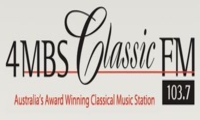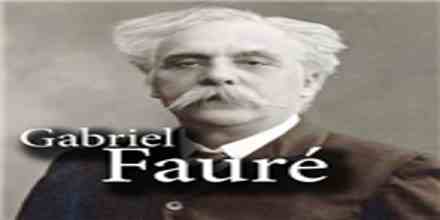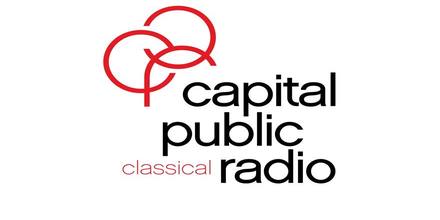Classical music is an expansive and richly layered genre that spans over a thousand years, encompassing a vast array of styles, forms, and compositions. Originating in Western liturgical and secular music, it has evolved through distinct periods, each with its unique characteristics and influential composers.
The earliest roots of classical music can be traced back to the medieval period, where Gregorian chants and sacred vocal works dominated. These early compositions were often monophonic, consisting of a single melodic line without harmonic accompaniment. As time progressed, polyphony emerged, allowing multiple independent melodies to intertwine, creating complex and intricate textures.
The Renaissance period saw a flourishing of vocal music, with composers like Josquin des Prez and Giovanni Pierluigi da Palestrina crafting intricate motets and masses. Instrumental music also began to gain prominence, with the development of forms such as the dance suite and the early symphony. The use of counterpoint became more sophisticated, with composers employing techniques like imitation and fugue to create depth and complexity.
The Baroque era, spanning the 17th and early 18th centuries, is marked by ornate and elaborate compositions. Composers like Johann Sebastian Bach, George Frideric Handel, and Antonio Vivaldi made significant contributions during this time. The harpsichord and organ were prominent instruments, and forms such as the fugue, concerto grosso, and oratorio became popular. The Baroque period also saw the development of opera, a dramatic form that combines music, vocals, and theatrical elements.
The Classical period, roughly from 1730 to 1820, is often associated with composers like Wolfgang Amadeus Mozart, Ludwig van Beethoven, and Franz Joseph Haydn. This era emphasized clarity, balance, and emotional expression. The symphony, sonata, and string quartet became central forms, characterized by their structured movements and clear melodic lines. Orchestras grew in size, incorporating a wider range of instruments, and the piano emerged as a prominent solo instrument.
The Romantic period, from about 1820 to 1900, was a time of intense emotional expression and individualism. Composers like Franz Liszt, Pyotr Ilyich Tchaikovsky, and Richard Wagner pushed the boundaries of musical form and harmony. Program music, which tells a story or evokes specific images, became popular, as did the use of folk melodies and exotic scales. The Romantic era also saw the development of new instruments and the expansion of orchestral forces.
The 20th century brought about radical changes in classical music, with composers experimenting with atonality, serialism, minimalism, and electronic music. Arnold Schoenberg, Igor Stravinsky, and John Cage were among the innovators who challenged traditional harmonic and structural norms. The use of non-Western musical elements also became more prevalent, reflecting a global influence on composition.
Today, classical music continues to evolve, with contemporary composers drawing from a wide range of influences and technologies. From experimental electronic works to traditional symphonies, the genre remains vibrant and diverse. Classical music's enduring appeal lies in its ability to evoke deep emotions, challenge the mind, and provide a rich tapestry of human experience through sound.
 3.7k
3.7k
 5
United States Classical 128 kbps MP3
5
United States Classical 128 kbps MP3 1.9k
1.9k
 1
Russia Classical 320 kbps MP3
1
Russia Classical 320 kbps MP3 Radio KohaRadio Koha
Radio KohaRadio Koha 1.7k
Albania Classical
1.7k
Albania Classical


































